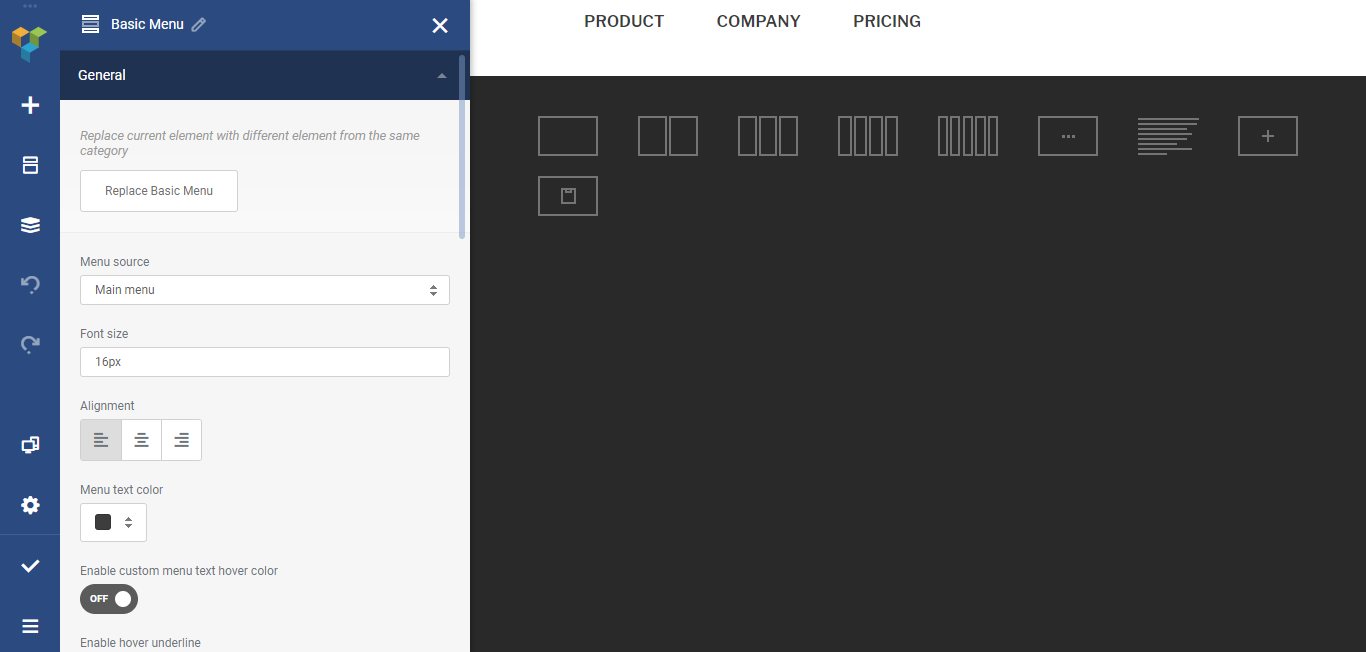


For example, a child might want to walk across the living room carrying their schoolbooks, but they can’t manage to do it without tripping, bumping into something, or dropping the books.
#NO COMMON SYNC POINTS FOUND THEBRAIN SOFTWARE INSTALL#
With Pipenv and the Pipfile, you present to others a standardized way to install project dependencies and testing and development requirements. Package versions can be also be specified when needed. To build a Pipfile or environment with a specific Python version, use the following syntax. The Pipfile specifies the Python version here. Notice in the Pipfile image above under the requires section you see python_version = 3.7. Pinning versions is an excellent habit to possess and can prevent dependency issues in the future. Now is when pinning specific package versions is useful. Note that this will allow the installation of any pre-release package into your environment. pipenv install -preĪfter this command, your Pipfile has a new variable allow_prereleases = true.

You can resolve pre-release version conflicts by adding the -pre flag to the installation. The second most common reason locking fails is that we attempt to install a package that is a pre-release version. lock's primary purpose locking package versions and creating the formula for installing the environment dependencies. This ought to be only used in extreme or causal programming circumstances as it bypasses the Pipfile. Notice the suggestion pipenv install -skip-lock.

You see the following errors and many more in the terminal when the package does not exist or can’t be found for another reason. Pipenv looks for the package you specify, whether it exists or not. Pipfile won’t lock when it tries to install packages that don’t exist, i.e., typos. Locking Issue: Pipfile Contains a Reference to an Inexistent Package When you install a package with pipenv install, the Pipfile is automatically updated with the new dependency. The Pipfile is very similar to a requirements.txt file. When you begin a project with Pipenv, the tool automatically creates a virtual environment, a Pipfile, and a Pipfile.lock. Pipenv is essentially pip and virtualenv wrapped together into a single product. Pipenv combines package management and virtual environment control into one tool for installing, removing, tracking, and documenting your dependencies and to create, use, and manage your virtual environments. Photo by Marcos Mayer on Unsplash What is Pipenv?


 0 kommentar(er)
0 kommentar(er)
